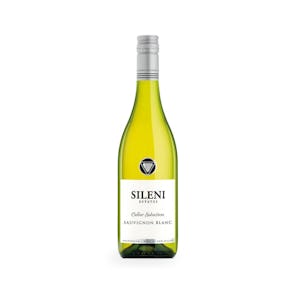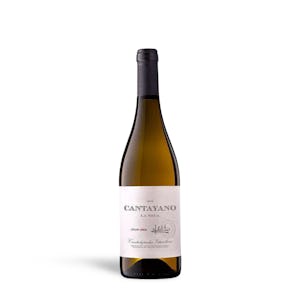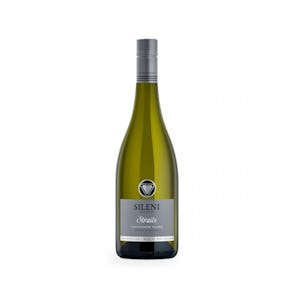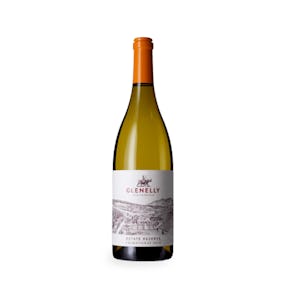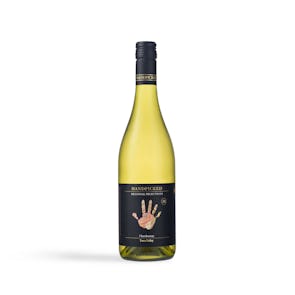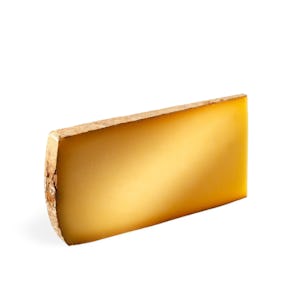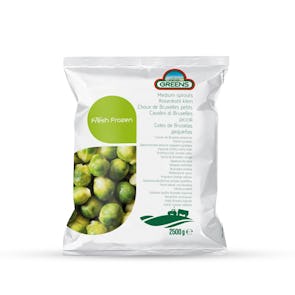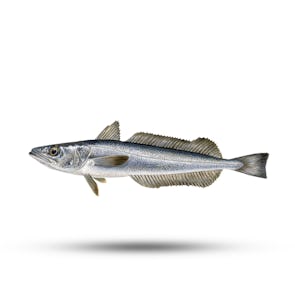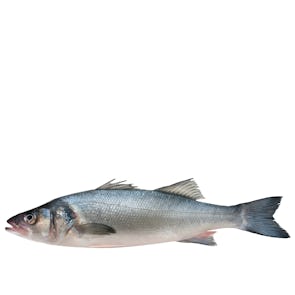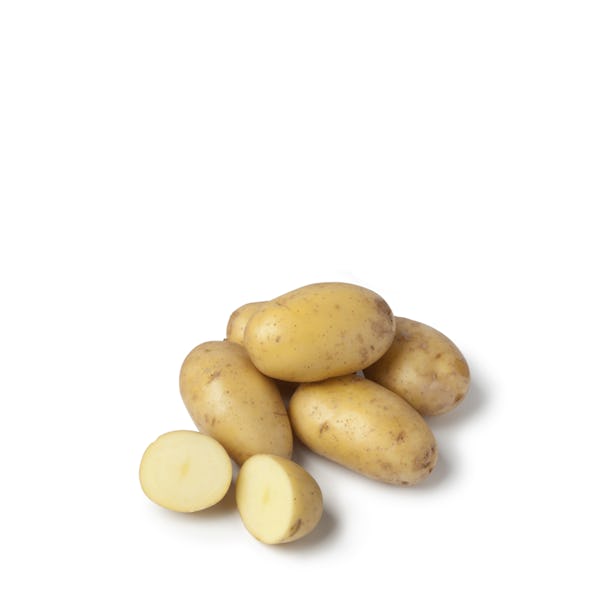
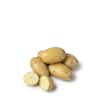

Ratte Grenaille Potatoes from France
The best potatoes in the world
(Tuesday Jan 27 , 2026)
Flown in fresh just for you
This product is on preorder and the next shipment is scheduled to arrive on Tuesday Jan 27 , 2026. Your delivery will be dispatched as soon as the product arrives.
TASTING NOTES FROM THE CURATOR
These are harvested by hand, and are low yielding, and very popular with the world’s best chefs, making it a boutique potato. Ratte grenaille potatoes may be small, but they have big flavor. With a gold speckled skin, and a beautiful yellow flesh, it has a smooth, creamy texture. It has a unique flavor, buttery with hints of chestnut and hazelnut.
PREPARATION AND PAIRINGS
These potatoes are the perfect partner to your meats. You can roast them, or mash them, and serve them with your roast lamb or steak. Why not try the dish that made ratte potatoes famous? The incredible Chef Joel Robuchon’s potato puree:
- Wash your fresh ratte grenaille potatoes. Don’t peel them yet.
- Boil the potatoes in salted water. Test its doneness by pricking a potato with a knife, and try lifting it up. If it falls off, it’s cooked.
- While the potatoes are hot, peel them, then put them through a vegetable mill or ricer. Do not use a blender; this will make it sticky.
- In a saucepan, put a drop of water, and pour in the full-cream milk. Bring to a boil.
- On low heat, add in cubed butter to the potato mix, little by little. To Chef Robuchon, the more butter, the better. He used a 2:1 potato-butter ratio.
- Add in the milk slowly, and mix with a wooden spoon. When the potato mix gets softer, use a whisk.
- Put the mixture through a fine sieve twice to make it very fine and creamy, like Chef Robuchon’s.
- Serve while hot. Enjoy!
A COMEBACK FOR THE AGES
Ratte potatoes were first cultivated in the 19th century. But in 1934, the degeneration of the seed nearly caused it to disappear from the potato market. It was reintroduced in 1965, to great success. It achieved commercial popularity when it became the choice potato of top chefs in France, like Chef Joel Robuchon, and Chef Christian Constant.
Storage Instructions
Potatoes last longer on the kitchen counter than most fruits and vegetables, but eventually, they start to sprout green shoots and lose some of their freshness and flavor.
Do not wash potatoes until you are ready to use them. Moisture does not help them last longer and will in fact make them prone to soft spots.
Place the potatoes in its original paper bag, mesh bag, basket or bowl to ensure good ventilation. Store your potatoes in a cool, humid, and dark place. Never store potatoes in the fridge. The too-cold temperature turns the potato starch into sugar. Check on your potatoes regularly and remove any that are soft, shriveled, or sprouted so they don’t cause more potatoes to go bad. Even if your potatoes have sprouted, they are still safe to eat as long as they are firm to the touch and are not shriveled.
Provided they are properly stored, potatoes can last weeks.

